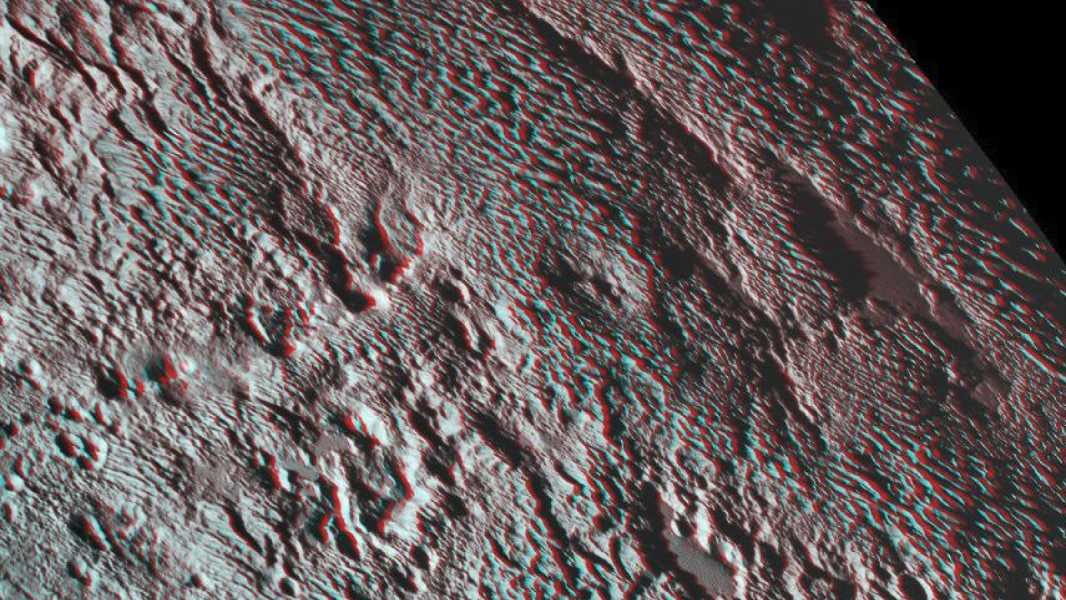
Pluto's equator is partially covered in icy ridges known as “blade terrain.” A new study suggests there are more of these skyscraper-sized features than previously thought. (Image credit: JPL/NASA/Johns Hopkins University Applied Physics Laboratory/Southwest Research Institute)
A new study has found that skyscraper-high spires of methane ice may cover about 60 percent of Pluto's equatorial zone, significantly more than scientists previously thought.
The study, published July 5 in the Journal of Geophysical Research: Planets, is based on data collected by NASA's New Horizons spacecraft, which first captured this tiny world up close a decade ago, on July 14, 2015.
During the flyby, the spacecraft discovered spires of methane ice, each about 300 meters high — about the height of the Eiffel Tower. They are spaced up to 7 kilometers apart, forming nearly parallel rows and forming a geological structure that astronomers call “wedge terrain.”
You may like
-

Surprised Scientists Discover Uranus' Moons' 'Dark Sides' Are Upside Down
-

In Search of Planet 9: Why There Might Still Be Something Massive at the Edge of the Solar System
Sourse: www.livescience.com




